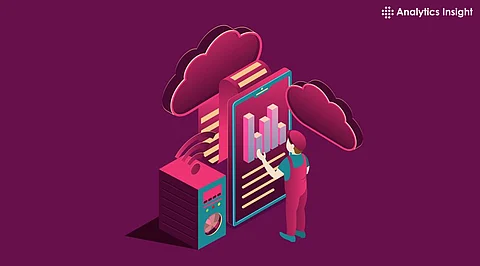

Businesses now face a critical decision: where to process and analyze the vast amounts of information that drive their operations, especially in this era of exponential data growth. The debate between edge computing and cloud computing has become increasingly relevant, as each approach offers distinct advantages for managing big data. As the landscape continues to evolve, understanding the roles of edge and cloud computing is crucial for businesses seeking to unlock the full potential of their data. This discussion sheds light on the benefits and trade-offs of each approach, providing insights to help businesses make informed decisions about their big data management strategies.
Edge computing is a decentralized approach that processes data as close to its source as possible. This method saves bandwidth and reduces latency because data is processed locally instead of on remote servers. When immediate responses are essential, edge computing enables faster decision-making. Various devices, such as IoT sensors, smart cameras, and connected vehicles, utilize edge computing to enhance speed and efficiency in data handling.
Cloud computing operates on a centralized architecture, storing and processing data in data centers. This approach provides high scalability, allowing companies to store large datasets without worrying about storage limits or computational power. It is particularly effective for complex analytical processes that require significant computing resources. Currently, the leading cloud platforms include AWS, Microsoft Azure, and Google Cloud. These platforms offer infrastructure for Big Data analytics, AI workloads, and much more.
Edge computing is quickly becoming a key concept in big data environments, where real-time analytics processing is essential. Analyzing data at the edge allows companies to avoid latency when sending data to the cloud. This capability is particularly important in industries such as manufacturing, healthcare, and smart cities, where fast decision-making is crucial.
For example, an autonomous car needs to process information in real-time to identify objects in its path, making edge computing an ideal solution. Likewise, IoT devices in industrial settings can monitor equipment and trigger alerts without relying on a cloud-based system. Overall, edge computing enhances big data applications by prioritizing rapid decision-making and reducing bandwidth usage.
Cloud computing is the foundation for big data analytics, enabling large-scale data processing and storage. It provides the necessary infrastructure to manage large amounts of structured and unstructured data easily. Cloud-based big data analytics platforms empower businesses to analyze patterns, predict trends, and extract insights from massive datasets.
Additionally, these solutions facilitate collaboration among teams located in different areas. Since cloud services can easily scale up or down based on data demands, businesses can adjust their resources as needed. Today, with analytics covering everything from customer behavior to supply chain logistics, it’s hard to imagine how these needs were met in a world before cloud computing.
The choice between edge computing and cloud computing depends on the specific requirements of the big data workload. Edge computing is ideal for applications where low latency and real-time analytics are crucial. Industries such as healthcare (for real-time patient monitoring), manufacturing (for real-time equipment diagnostics), and autonomous systems (for instant decision-making) greatly benefit from edge computing’s ability to process data at the source.
On the other hand, cloud computing is more suitable for scenarios that require scalability and collaboration. When working with large datasets that need extensive analysis, the cloud excels in providing the necessary resources. Many sectors, including financial services, retail, and e-commerce, rely on cloud-based solutions to process consumer data, enhance personalization, and forecast trends.
Hybrid models are becoming increasingly popular as they leverage the strengths of both edge and cloud computing. For example, edge computing can handle preliminary data processing, while cloud computing can manage the storage and deeper analysis of that data later on.
In today's evolving big data landscape, edge computing and cloud computing have emerged as essential components for various functions. Edge computing allows for real-time analytics with minimal latency, facilitating quick decision-making. In contrast, cloud computing offers greater scalability and power, enabling extensive data analysis and long-term storage.
Businesses should choose between edge computing and cloud computing based on their specific needs, the speed required for decision-making, and the size of the data involved. As demand continues to grow, more companies are adopting hybrid approaches. This strategy allows them to leverage the strengths of both models, maximizing the true potential of their data.
